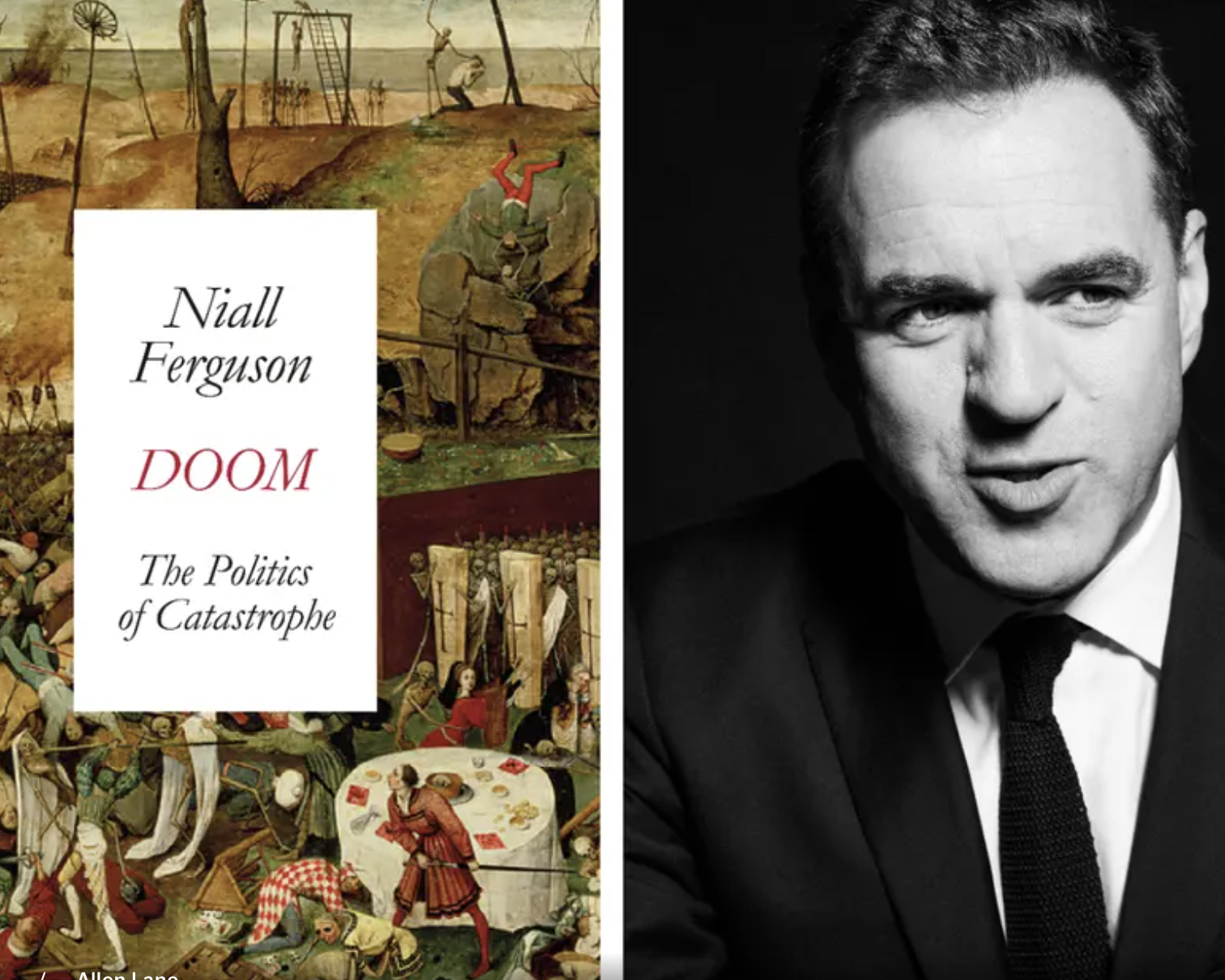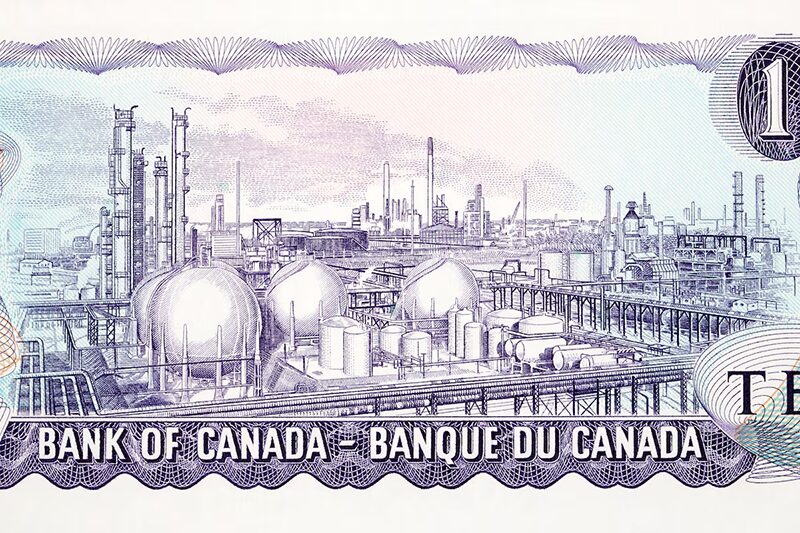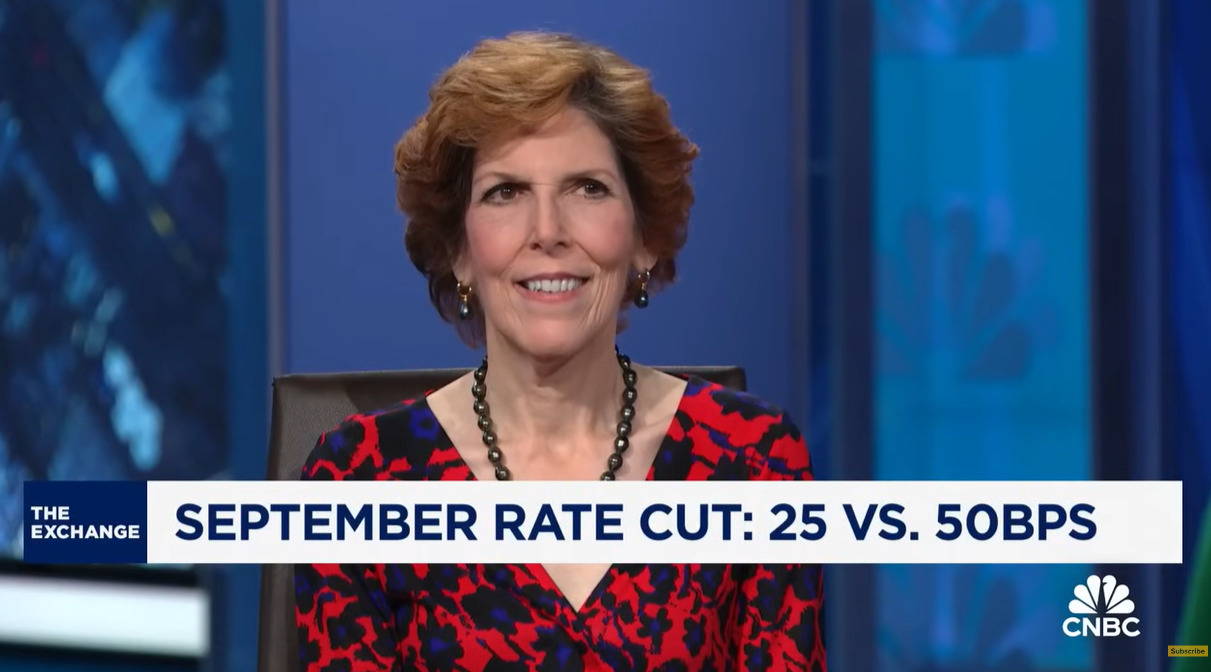
Doom: The Politics of Catastrophe by Niall Ferguson review
(Evening Standard) – From plagues and volcanic eruptions to the current Covid pandemic, mankind has always been faced with catastrophes.
Thought Leader: Niall Ferguson

Laurence Mussio is chair of the Long Run Institute and a fellow of the Royal Historical Society of the United Kingdom.
In the boom years of the 1970s, Chemical Valley’s refineries and petrochemical hydrocrackers in Sarnia, Ont., ran day and night, propelling the city to the very top of Canada’s income tables. Its per capita disposable income sat about 35 per cent above the national average, the highest of any urban centre at the time. That prosperity, once celebrated on the presecurity-strip $10 bill, was forged by unionized craft labour and kept the petrol veins of North America pumping.
My father Egidio (badge BM-01), a member of the Boilermakers International, emerged from round-the-clock shifts at a local refinery coated in a thin film of grit, the heat of the exchangers still in his bones – but with wages that bought a middle-class life few Canadian cities could match. Yet despite union leadership’s reflexive allegiance to the NDP, many workers cast their ballots Liberal. The result was a rare tableau: the nation’s richest per‑capita community, powered by blue‑collar petrochemicals, sustained by a political coalition as old as Ontario itself. The establishment delivered.
Over the next four decades, the engines of that prosperity sputtered. Repeated plant closures, automation, and market volatility in Sarnia’s petrochemical core eliminated hundreds of jobs. Household incomes stagnated, tax bases shrank, and the once‑unquestioned bargain between blue‑collar communities and the political parties that claimed to champion them fractured. By 2025, the International Brotherhood of Boilermakers and dozens of other unions formally endorsed Pierre Poilievre’s Conservatives – an alliance once unimaginable, yet flowing logically from the dramatic reversal of fortune experienced in cities like Sarnia. The trades now anchor a much broader coalition, promising the kind of generational realignment that Canada typically witnesses only once every half-century.
Yet we all know what transpired instead. Threat begets unity, and Canadians typically flock to the centre when external pressures materialize: President Donald Trump’s Art of the Deal-inspired confrontations over borders and tariffs created precisely such conditions. Add in the slings and arrows of outrageous electoral fortune, and in April, Canadians delivered a verdict few observers anticipated just months prior: a near-majority for the Liberals under Mark Carney‘s leadership.
This outcome represented not national renewal but a remarkable act of elite preservation, demonstrating the extraordinary capacity for self-regeneration that defines Canada’s Laurentian establishment – that interconnected network of financial, political, and cultural powers centred along the St. Lawrence watershed. To understand this persistence, one must step back to examine the patterns and pathologies that have allowed this elite to maintain legitimacy despite mounting evidence of national decline.
Like its geological namesake, this “Laurentian Shield” is a bulwark of dense institutions. I see its contemporary core as a “boardroom-basement” alliance: Bay Street capital, a professional-managerial stratum, subsidized media that amplifies its narrative, and urban marginalized groups reliant on social programs. The exchange is elegant: elites receive institutional stability and regulatory comfort; the professional managerial class and its media clerisy obtain status and subsidies; newcomer and service-sector voters secure public services and symbolic inclusion. The arrangement persists – even as productivity flatlines and regions and groups beyond the corridor see their futures fading.
The Shield’s origins trace to the geography and commerce of British North America. Merchants organized trade empires along the St. Lawrence that deliberately oriented Canada’s economy east-west, resisting the natural gravitational pull toward the United States. This pattern persists in contemporary Laurentian political strategy through a remarkable coalition uniting disparate groups in urban centres that dominate Canada’s electoral map.
Yet systems designed to centralize influence and resist external pull are ill-equipped for a world reordered by digital velocity, capital mobility and geopolitical flux. The Shield’s enduring architecture now underwrites a suite of national failures: a decades-long productivity decline, an incoherent energy strategy, collapsing housing affordability and an innovation exodus. What once preserved cohesion now impedes adaptation, fuelling cost-of-living pressures and a profound sense of generational betrayal as the next generation seeks opportunity elsewhere.
Beyond the headline numbers, hundreds of thousands of people have left Canada in recent years; often citing stagnant wages and crippling housing costs. The exodus skews young and brainy: many immigrants who are under 35 and trained in the sciences are leaving the country.
Own-goal climate and energy policy disasters sharpen the crisis. Canada’s $57-billion electric-vehicle gambit has already imploded: the heavily subsidized Northvolt battery venture is bankrupt. Umicore has mothballed its Kingston project, and the worst consequences are yet to materialize.
In spite of our global leadership in artificial intelligence, Canada owns just 1.8 per cent of global AI patents. Since 2017 our technology sector has seen massive M&A activity, with foreign acquisitions playing an outsized role – a slow-motion Nortel.
Prime Minister Mark Carney arrived in Ottawa with a mandate to operate independently rather than to ingratiate himself with the establishment to which he belongs. His global stature and personal wealth should insulate him from pressures.
Two historical precedents illuminate this mandate’s potential reach and significance, drawn appropriately from past central bank governors.
When Paul Volcker assumed leadership at the U.S. Federal Reserve in 1979, he arrived unbeholden to senators or lobbying interests. Mr. Volcker exercised his independence decisively, driving interest rates beyond 21 per cent until inflation finally capitulated. Similarly, Sir Montagu Norman at the Bank of England demonstrated comparable autonomy when sterling faced a crisis in 1931. With cool calculation, he abandoned the gold standard, allowing the pound to depreciate by a quarter to halt Britain’s hemorrhaging of bullion reserves – a decision no politician could override.
Mr. Carney combines their independence with a distinctive paradox: his British experience has rendered him impervious to media pressures that would unsettle others. Ottawa’s media environment is far more congenial than Fleet Street‘s withering scrutiny. His substantial personal capital and global network liberate him from the obligations that typically constrain political figures, while both Bay Street and public sector unions – having already invested in his ascent – cannot withdraw what he values most: international credibility.
This unique position makes Mr. Carney simultaneously a shield and a scalpel: trusted implicitly by global markets yet standing outside Ottawa’s traditional patronage networks. Can someone forged in elite institutions can truly reform them? Our past suggests that systemic change often comes from insiders who understand the machinery well enough to rewire it. Deployed with strategic vision, this mandate could streamline regulation, unlock housing supply, and establish fiscal transparency, potentially transforming the Laurentian Shield from a defensive barrier into a national catalyst for growth.
The window for meaningful action remains precariously narrow. Housing affordability concerns, deep regional resentments, and a fragile parliamentary minority all constrain his operational freedom. The leadership team has some promising new players, but many of the old discredited performers remain. Even with Mr. Carney‘s exceptional credentials, he cannot pilot mediocre colleagues to superior outcomes.
The reforms needed rest on one political constant: The Laurentian coalition does not reform itself unless the alternative is appreciably worse. Mr. Carney‘s task is to persuade its members that stasis now courts existential risk.
Critics will say the system cannot move that fast. They forget that Canada under cabinet minister C.D. Howe built 28 Crown corporations during five years of war, electrified half the nation and co-developed radar. Today’s way forward, however, cannot revert to the old government control model of “the state or the United States.” We need to harness Canadian enterprise and financial institutions that have proven their worth in the competitive market. The point is that ambition was once our default.
Herein lies both the challenge and opportunity: Mr. Carney represents both the apotheosis of Laurentian power and potentially its salvation. His government must consider taking these five concrete actions within his first 100 days.
The government should launch a national productivity commission with a mandate to identify and dismantle regulatory barriers to growth, particularly in housing, energy, and technology sectors. It should establish a sovereign wealth innovation fund, capitalized at $30-billion, focused exclusively on retaining Canadian intellectual property and scaling homegrown enterprises. The government should bring the provinces to the table to modernize federal-provincial fiscal arrangements, particularly regarding resource development and environmental regulation. Immigration policy should be reformed to explicitly prioritize Canada’s productivity needs rather than raw population growth targets. Lastly, the government should implement intergenerational impact assessments for all major federal policies, requiring transparent accounting of how current decisions affect future generations’ economic prospects.
These actions would demonstrate whether Mr. Carney intends to use his substantial political capital to transcend partisan reflexes and enact genuine structural reform, reversing productivity drift and capital outflow. The alternative – deploying his credentials merely to manage decline more elegantly – may represent the final missed opportunity for the Laurentian establishment to reform itself before more disruptive forces intervene. Mr. Carney possesses the momentum to swap preservation for propulsion.
Every Canadian should wish the new Prime Minister success. Yet wishing is the easy part. The harder test, for elites and their managerial sentries, is to stand down the Shield and bet on the springboard. History instructs that nations thrive when leaders gamble on growth and invite the restless to join them. To paraphrase Churchill on Dunkirk, we must be very careful not to assign to this electoral deliverance the attributes of a victory. In this moment in our history, winning an election merely buys time – a fleeting 12 months at most – before the ledger of results falls due.
Meanwhile, a challenger elite, forged over the last several years to include a broad popular coalition, bides its time in opposition with its own alternative vision for national renewal. The wager begins now; the odds improve the moment we stop mistaking institutional density for dynamism and start moving earth and capital again. Mr. Carney surely recognizes this political reality. May he act with the swiftness and boldness the moment demands.
Doom: The Politics of Catastrophe by Niall Ferguson review
(Evening Standard) – From plagues and volcanic eruptions to the current Covid pandemic, mankind has always been faced with catastrophes.
Thought Leader: Niall Ferguson
Michael Baker: Ukraine’s Faltering Front, Polish Sabotage Foiled, & Trump vs. Kamala
In this episode of The President’s Daily Brief with Mike Baker: We examine Russia’s ongoing push in eastern Ukraine. While Ukrainian forces continue their offensive…
Thought Leader: Mike Baker
Loretta Mester: Fed most likely to cut rates by quarter point
Former Cleveland Fed president Loretta Mester joins CNBC’s ‘The Exchange’ to discuss her expectations for rate cuts, whether the Fed’s focus should be on rates…
Thought Leader: Loretta Mester

